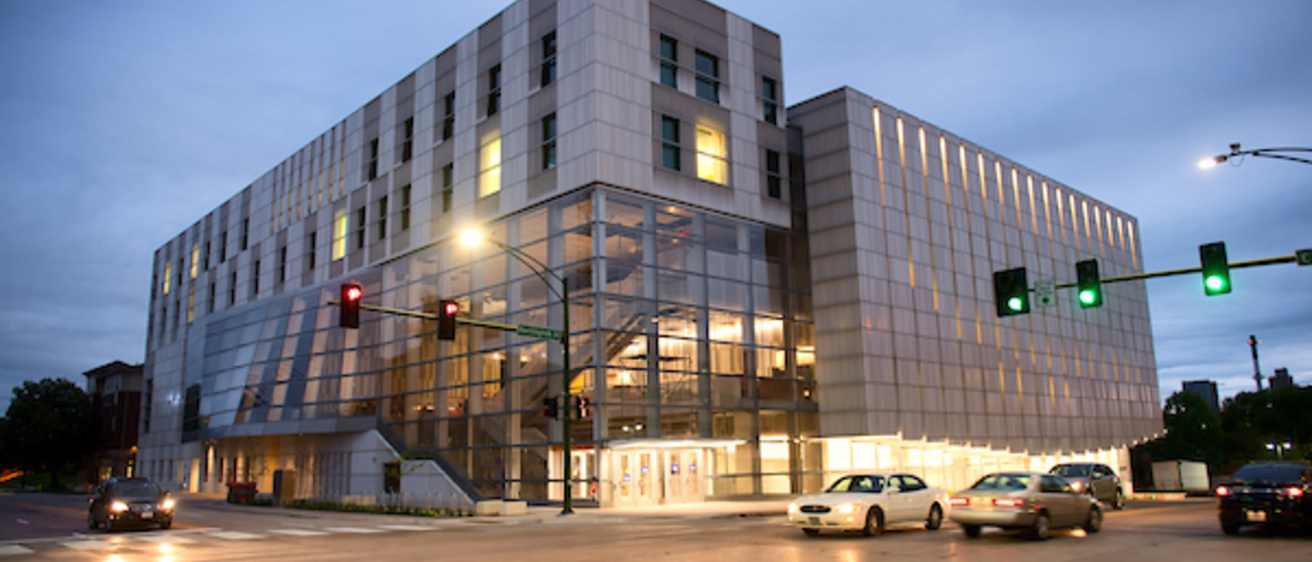Wednesday, March 21, 4 pm, in Vox 2, in cooperation with the European Studies program of the University of Iowa, the Musicology and Music Theory Colloquium will present a special lecture by Anna Leonard, Lecturer and curator Curator of European Art at the Smart Museum of Art of the University of Chicago.
Leonard specializes in 19th-century European art, particularly that of France and Belgium. Her research interests include Symbolism and Wagnerism, attention and modes of aesthetic experience, time in painting, and nationalism and internationalism. A primary area of scholarly focus has been the relations between visual art and music, which are the subject of a book she co-edited with musicologist Tim Shephard, The Routledge Companion to Music and Visual Culture (2014), the first comprehensive reference work in this field. She has published six exhibition catalogues at the Smart Museum, chapters in several edited volumes, and an article in the Art Bulletin.
Leonard’s presentation is entitled “Present at the Creation: The Romantic Iconography of the Turned Canvas,” and the abstract follows.
Abstract: This paper addresses the motif of the turned canvas or canvas seen from the back, found in certain portraits of artists at work c. 1810–25, as a manifestation of Romantic theories of the work of art. The turned canvas invited beholders to complete the concealed work of art in their imaginations, just as artistic creation itself was viewed at the time as a largely internal process rather than a physical or manual one. My presentation explores the implications of these ideas for Romantic representations of artists at work. It pays special consideration to what were perceived to be the raw materials of creative inspiration, not just for painters but for composers as well. Evidence shows that the conception of painting as an imitation of nature—prevalent in classical aesthetics from the Renaissance onward, and particularly the seventeenth century—underwent significant revision in the Romantic period, drawing closer to non-mimetic processes of musical creation. The phenomenon of Beethoven portraiture is brought in to show how understandings of his compositional process not only influenced the representation of pictorial artists but also encouraged a redefinition of the work of art, following musical paradigms, as something essentially immaterial and even invisible.
